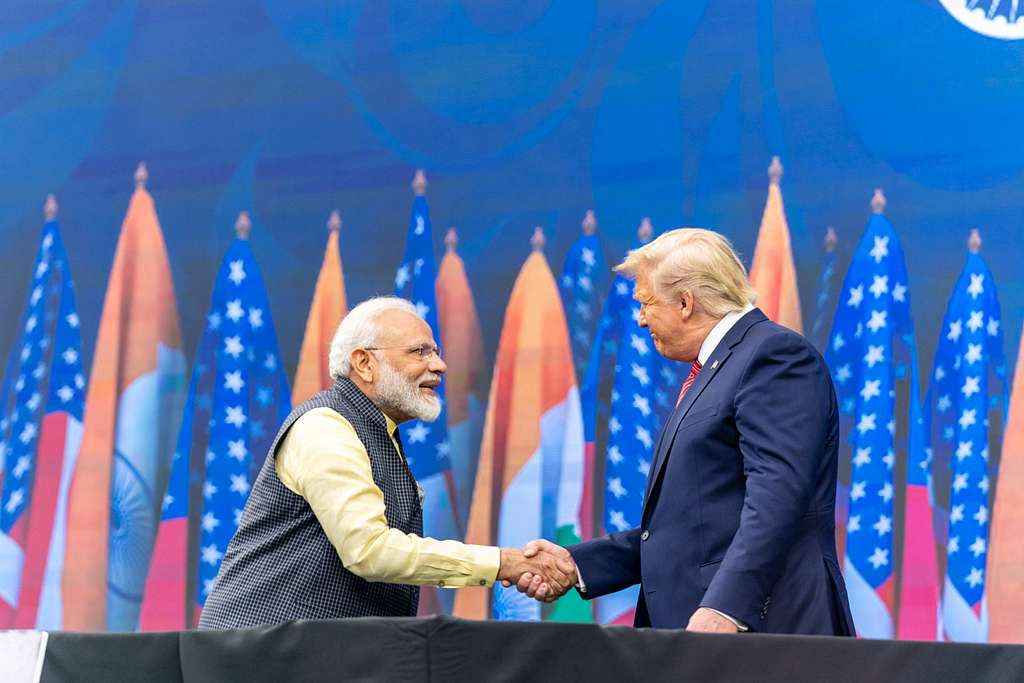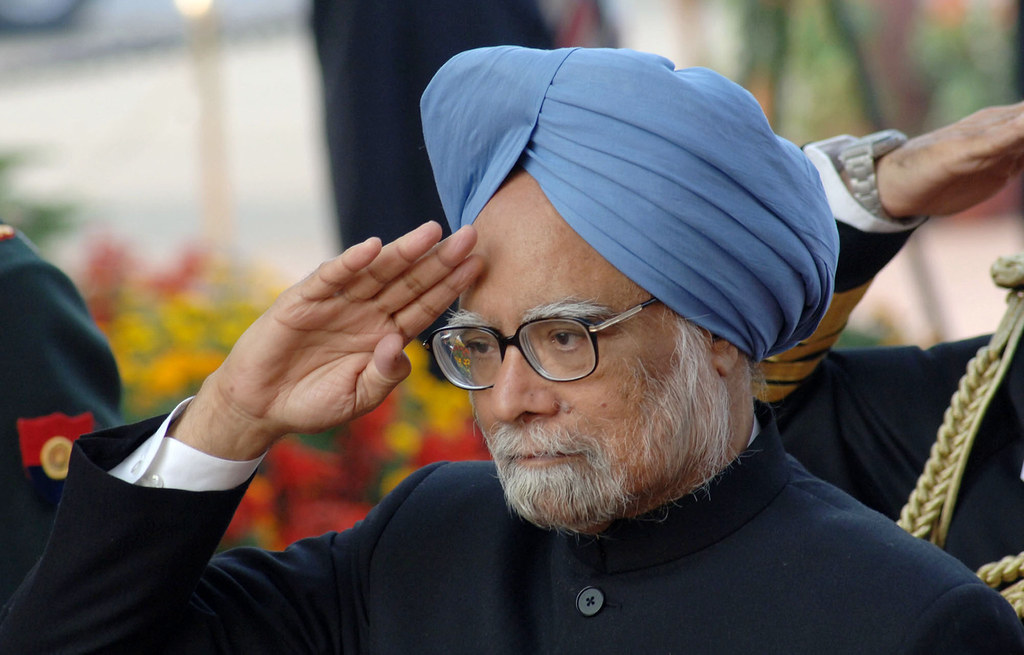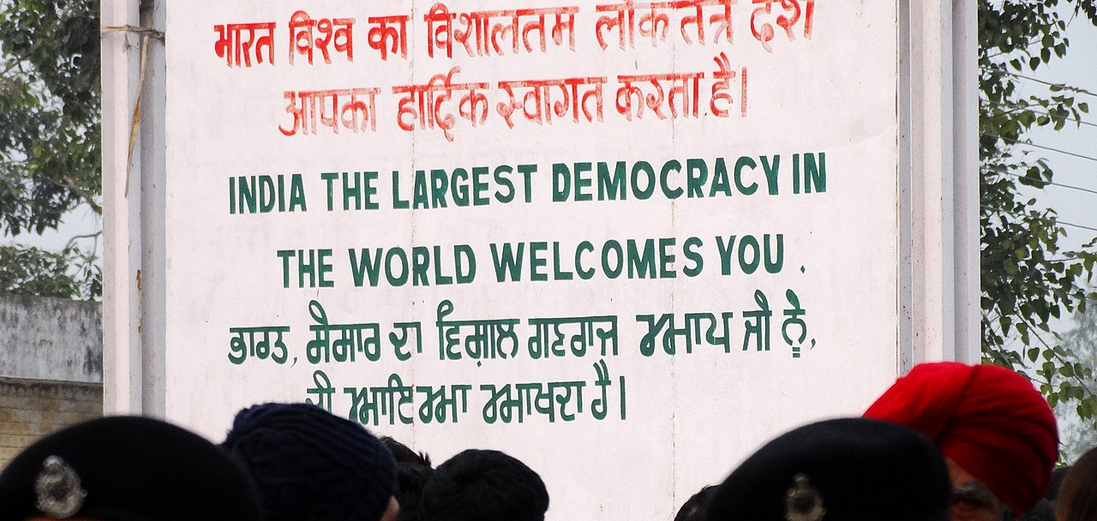
One of the more ironical images during last week’s Bharat Bandh called by farmers groups was that of social activist Anna Hazare on a day long hunger fast in support of the farmers demands. Accompanied by just a handful of supporters, a recorded message of Anna from his village of Ralegan Siddhi was sent out to tv channels. Most channels ignored it, a far cry from the time when multi-cam teams were chasing the then septuagenarian Gandhi topi leader with breathless excitement, with newspaper columns even comparing him to a modern day Mahatma. The ‘Anna moment’ in Indian politics has long come and gone. The question is, can it be replicated by a new band of protestors waving the flag of anti-establishment politics? To put it more plainly, will the 2020 farm protests do to the Modi 2.0 government what the 2011 Anna anti-corruption movement did to Dr Manmohan Singh regime?
There should be little doubt that the Anna movement was a catalyst in the decline and fall of UPA 2. It brought corruption to the political centrestage, crystallized public opinion firmly against the government, enfeebled the executive and paved the way for a Narendra Modi-like leader to offer himself as a ‘strongman’ alternative to a tottering Congress-led coalition. The self-styled ‘India Against Corruption’ grouping brought together a range of public figures from left and right on the same platform, the likes of Yogendra Yadav and Prashant Bhushan rubbing shoulders with a Baba Ramdev and Sri Sri Ravi Shankar, where an RTI activist like Arvind Kejriwal was openly endorsed by RSS footsoldiers. Crucially, it swayed the urban middle class into endorsing the ‘sab neta chor hai’ rabble-rousing cry, enough to provide momentum to a mood for change.
Now, contrast the Anna movement with the farmers who have hit the streets. Unlike the 2011 protests, there is no Anna-like figure who is being held up as a mascot of the farmers. Instead what we see is a multitude of diverse voices, mainly from the farmer union community but also from a range of dissenting groups who have other grievances with the Modi government. A majority of them are from Punjab but are slowly being joined by protestors from other north India states as well. If 2011 was Team Anna versus the Manmohan Singh government, this is now being pitched as ‘an Opposition versus Narendra Modi’ battle with the ubiquitous farmers providing a certain moral sustenance to the conflict.
But there is one key difference: there is no evidence yet of middle class support for the farmers cause. During the Anna movement, the middle class could instantly identify with the anti-corruption slogan: a series of scams, from 2 G to coal to Commonwealth, all of which played out amidst intense public glare, created this connect between the protests and the growing sense of citizen anger and alienation towards the political class. That link is missing this time. India’s urban middle class is perhaps the most vociferous constituency for ‘free market’ reform: the idea that a farmer needs a safety net in a competitive market environment just like salaried employees need their fixed allowances doesn’t seem to strike those who live in their supermarket-online shopping consumerist nirvana. The ‘annadata’ (farmer) maybe romanticized on celluloid, but in the imagination of the upwardly mobile urbanites, the ‘kisan’ isn’t deserving of any special favours or protection (note how the stubble burning farmer is easily blamed and penalized for worsening pollution while ignoring the impact of vehicular emissions).
A mass populist upsurge needs an identifiable enemy. The Anna movement had it in the imagery of the union ministers accused of corruption. The farmers protests are far more diffused: a demand for scrapping a law doesn’t create an immediate enemy figure. The farm leaders have attempted to whip up anger against the ‘Adani-Ambani’ corporate tycoons but whether allegations of cronyism will resonate widely is uncertain. Many of the opposition parties for example have patronized these very business groups when they were in power so their anti-corporate rhetoric rings a little hollow.
There is another important difference between the Anna movement and the kisan protests. In 2011, the media machine was an active participant in the protests, both in shaping the anti-government narrative and in elevating the Team Anna leaders into national heroes. Now, a timid and compromised mainstream media is unwilling to challenge the government’s version while routinely cornering the opposition forces instead. The slew of ministers speaking out across the media is a sign that the Modi government, unlike its predecessor, will not cede prime time space for its opponents to set the agenda.
Maybe the basic difference lies in the persona of Modi and Manmohan Singh. Where the latter was weakened by the rigors of coalition politics and his own soft-spoken bureaucrat-politician image, Modi as the tough-talking authoritarian figure leading a majority government has less tolerance for any dissent. Where Manmohan Singh rarely sat on prestige, the Modi approach is driven by the Supreme Leader’s conviction in his own sense of infallibility and invincibility.
Unlike the Manmohan Singh government which actually legitimized the Anna movement by setting up an official committee to discuss the anti-corruption Lokpal bill, the Modi government has deliberately attempted to divide and even demonise the farmer protests with union ministers claiming that there is a sinister design by the so-called ‘tukde tukde gang’ of ‘urban Maoists’ to infiltrate the movement. The incessant name-calling is a familiar stratagem used by the Modi propaganda machine in the past too: vilify those who criticise the government by raising the spectre of ‘anti-national’ conspiracies. By invoking a ‘K’ word – not Kisan but Khalistan – the attempt is to convince the wider citizenry that these protests are not about farm reforms but actually about destabilizing the Indian state. A union minister has even bizarrely suggested that the protestors are acting on the instructions of Pakistan and China.
The farmers may have won the first round by forcing the Modi government to come to the negotiating table but don’t expect an intransigent Centre to blink so easily: this is not a government that will send its ministers to meet the farmers at the dharna site unlike the Manmohan government which even organised a red carpet ministerial airport reception for a Baba Ramdev! A long winter of discontent lies ahead.
Post-script: For the Indian urban middle class, 2020 has been a wake up call. The national lockdown earlier this year brought home the stark and uncomfortable reality of despairing poor urban migrants being forced to take the long walk back to their villages. Now, the farm protests have at least ensured that the kisan and the rural economy seep into national consciousness.




































































































































































